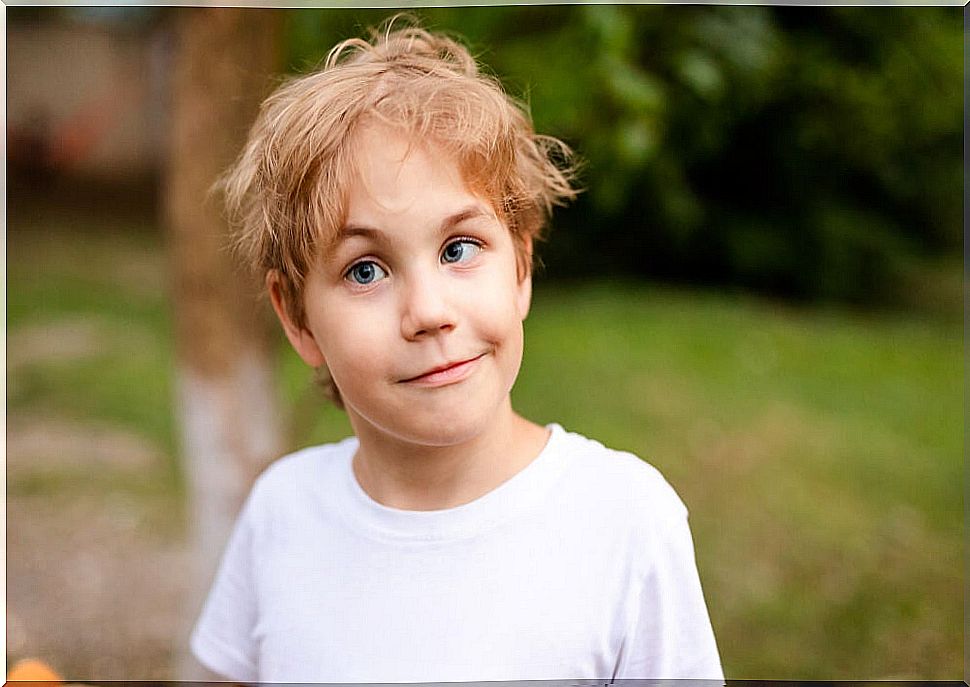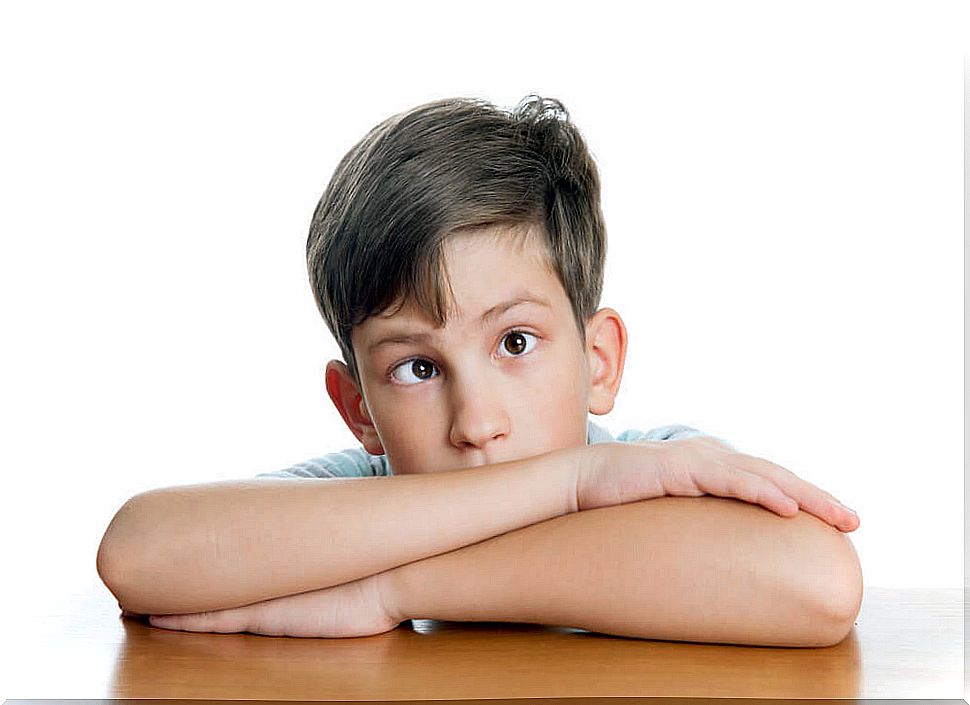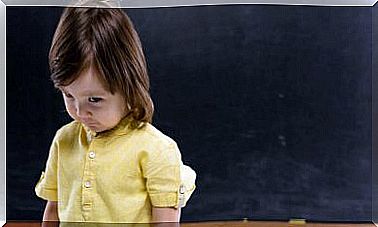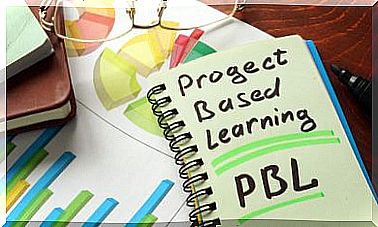Childhood Strabismus: Causes, Diagnoses And Treatment

Childhood strabismus is an anomaly in sight caused by a lack of synchronization of the eyes. This is a problem that must be detected in time to start treatment. The greatest risk of delaying an intervention is that the child ends up losing the vision of the strabic eye.
In babies or children, strabismus is one of the most common optic diseases. About 4% of children under the age of 9 suffer from childhood strabismus. The most severe consequences have to do with less brain development, learning and knowledge, as well as loss of vision.
What is infantile strabismus ?
In technical terms, what is affected in this dysfunction is the binocular functions. The use of sight involves two functions, one binocular and the other monocular. Both develop from birth and mature until they are eight or nine years old.
In strabismus, the binocular function is impaired, so that the eyes cannot be directed to the same objective. Faced with this anomaly, information reaches the brain in a confused way. The response of the central nervous organ is to dismiss the images with less clarity. In this way, the body resolves and avoids double vision or diplopia.
That eye that goes off the axis will, however, continue to send images to the brain. However, and in the face of vain insistence, the development of vision is most likely irretrievably lost. In these cases, the eye becomes a “lazy eye.” After nine years without treatment, the situation is usually irreversible.

Causes of childhood strabismus
Among the most common causes of an ophthalmological nature, we can mention:
- A dysfunction in the control of the optic nerve.
- Refractive defects such as hyperopia.
Other causes of childhood strabismus:
- The collapse of the nervous system due to a certain disease, high fever or a situation of high stress
- It should also be mentioned that there is a certain genetic predisposition to strabismus.
- On the other hand, childhood strabismus can occur as a consequence of other diseases, such as cerebral palsy or hydrocephalus. Disadvantages such as a premature birth can cause strabismus. Likewise, children with Down syndrome are also prone to it.
Types of strabismus
It is important to know that, although the symptoms of this functional abnormality usually appear in childhood, they can also make their appearance only in adulthood. Not all strabismus are the same:
- Monocular strabismus and alternating strabismus. In the first, the fixing eye monopolizes the visual field. In the second variant, the information input is alternated, allowing a homogeneous development of both eyes.
- Intermittent strabismus. It occurs when it occurs only in certain circumstances (illness, stress). It can also appear only with a certain type of distance from the object (close, medium or far).
According to the direction of the deviated eye
- Exotropia or divergent strabismus: when the eyeball points outward.
- Esotropia or convergent strabismus: (the most common) where the eye deviates inward.
- Hypotropia and Hypertropia: when the eyeballs point up or down.
Diagnosis of childhood strabismus
Childhood strabismus can hardly be prevented. But detected early, the discomfort and consequences can be avoided and even binocular dysfunction can be reversed. The vision test that is recommended at three years of age is essential for children with this problem.
If the pediatrician notices an abnormality in the eyeballs, you should urgently make an appointment with the ophthalmologist. In the case of a family history, the visit to the ophthalmologist must be made before the age of 3.

Treatment of childhood strabismus
Treatment varies depending on the condition of the eyes and their level of alignment. The goal will be to restore binocular vision. Depending on the case, they can be prescribed from small glasses to surgery. Patches are also often used to strengthen the weak eye.
Optical correction is applied to cases of accommodative strabismus. Glasses or contact lenses are common here. In the case of visual therapy, it is done through exercises and, mainly, with the use of patches.
If surgery is necessary, a tiny incision will be made to reach the muscle, the tissue that covers the eye. The muscles must be repositioned in one or both eyes, as the case may be. It is a relatively simple procedure whereby children soon return to their games without problems.










